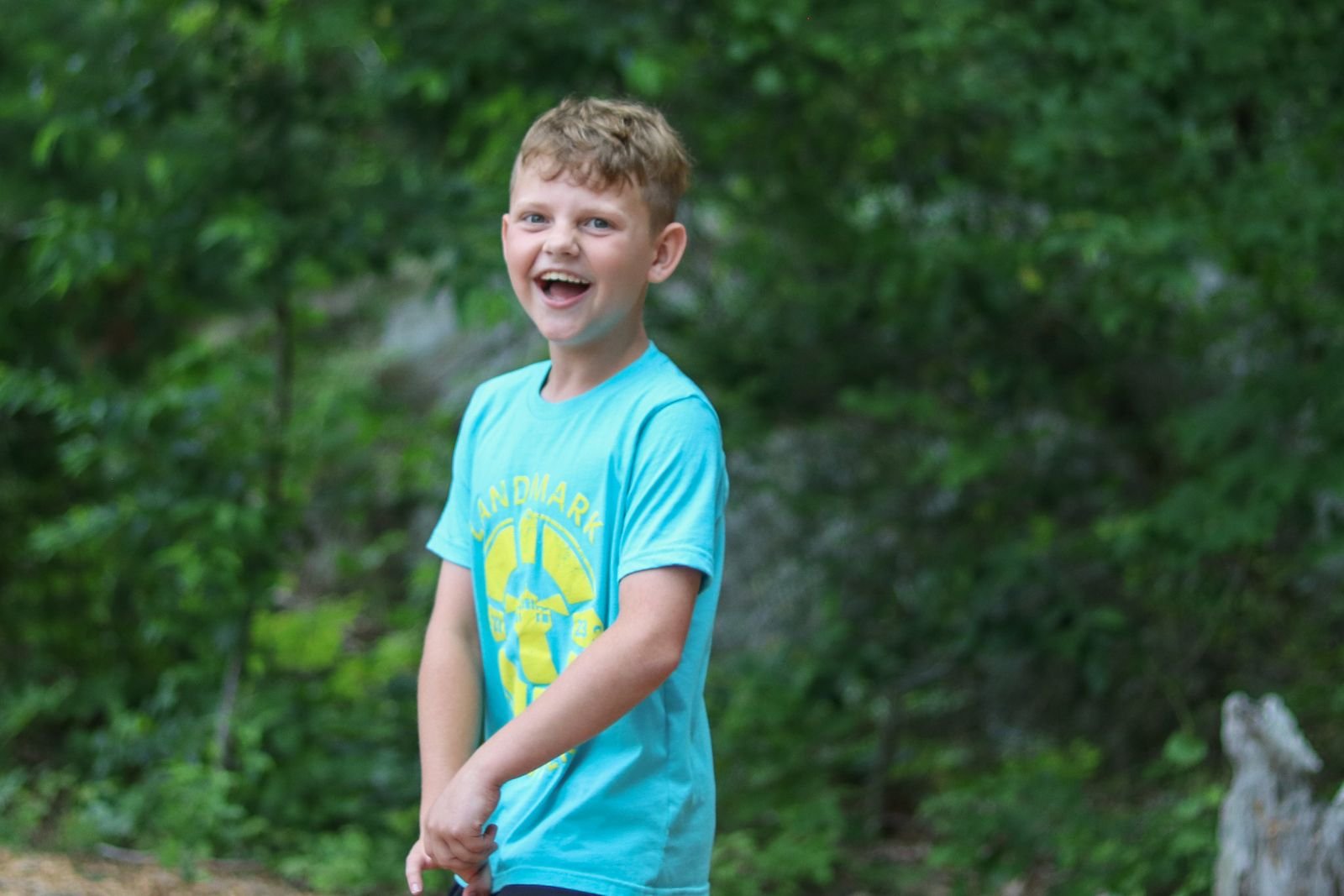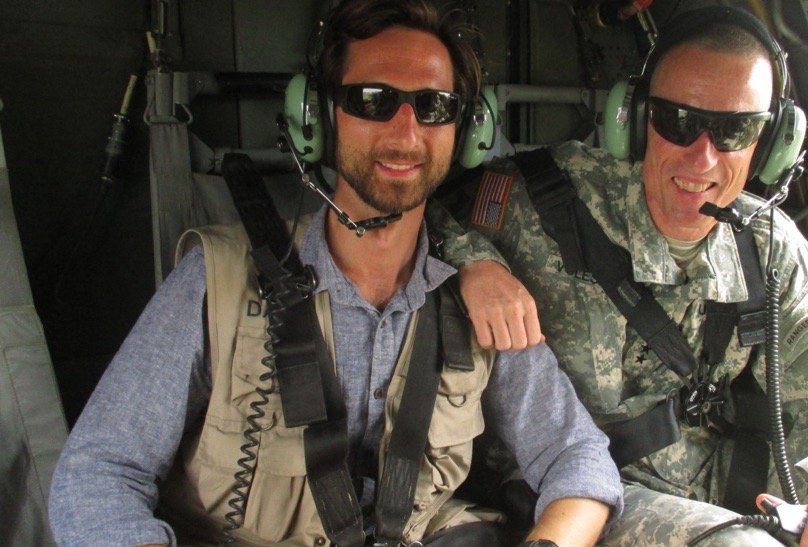- Our School
- Our Advantage
- Admission
- Elementary•Middle School
- High School
- Summer
- Giving
- Parent Resources
- For Educators
- Alumni
« Back
Anxiety: What Is It Really?
May 8th, 2013
Submitted by: Jane B. Ross
Anxiety is a feeling of fear. Anxiety is a common response to ambiguity; when we don’t know what’s happening or we don’t know how to respond. Anxiety is nature’s way of helping us deal with difficult situations. This can be beneficial as it can invigorate us for an exam and it can prevent us from doing dangerous things. Anxiety can assist us to maintain focus in a critical situation. But when anxiety becomes excessive it can be debilitating. There is intense dread.
Some examples of anxiety in children and adolescents are separation anxiety, social anxiety and generalized anxiety. Students experiencing social anxiety become overwhelmed or extremely self conscious in social situations. This anxiety may be disabling. They have a chronic fear that others are judging them and they may struggle to make and keep friends.
Students with separation anxiety become easily distressed when separating from their parents. They may worry about being lost or kidnapped or that something might happen to their parents. These students may fear going to school or camp and may avoid play dates and sleepovers.
Students with generalized anxiety also experience excessive worry. They cannot reduce or eliminate their anxiety even if they realize it is out of proportion or irrational. These students are riddled with self-doubt. They are often paralyzed by thoughts that they will be unable to meet others’ expectations. These students require constant approval and reassurance from teachers and parents.
Students with anxiety exhibit many symptoms including: stomach ailments, sleep disturbances, difficulty concentrating, startling easily and sweating or trembling around others. Given this, these students avoid many situations, allowing the anxiety to interfere with friendships, family, and with school.
Students experiencing anxiety struggle with vulnerability. Their thoughts include, “since I had anxiety once, it will happen again.” Typically an escalation in the irrationality of their thoughts occurs; “my anxiety is likely to increase and then I’ll be crazy and lose control”. Students may have ideas of helplessness; “I cannot cope because of this anxiety, so I’ll soon be completely helpless.” Inherent in these beliefs are; “I’m helpless, I’m flawed, and I’m incompetent.”
Most anxieties in youth are normal and temporary. As their emotions are developing, it can be challenging to differentiate between what is a normal fear verses what is atypical. There are opportunities for parents, teachers, and others to guide students in mild distress. Helping students to identify their feelings is a first step. Introducing students to stress reducing techniques is beneficial as mind and body practices reduce stress while promoting health. Meditation, yoga, and deep breathing are used to increase calmness and relaxation as well as to enhance well-being and are all examples of interventions that can be initiated and practiced at home, at school, and even in the car.
However, if you continue to be concerned about a student, it is important to have the student evaluated by a professional. This evaluation will include an assessment to determine the kinds and severity of symptoms and the extent of interference with peer relationships, familial relationships, and with school functioning.

Jane B. Ross is a Licensed Independent Clinical Social Worker.
Posted in the category Social and Emotional Issues.





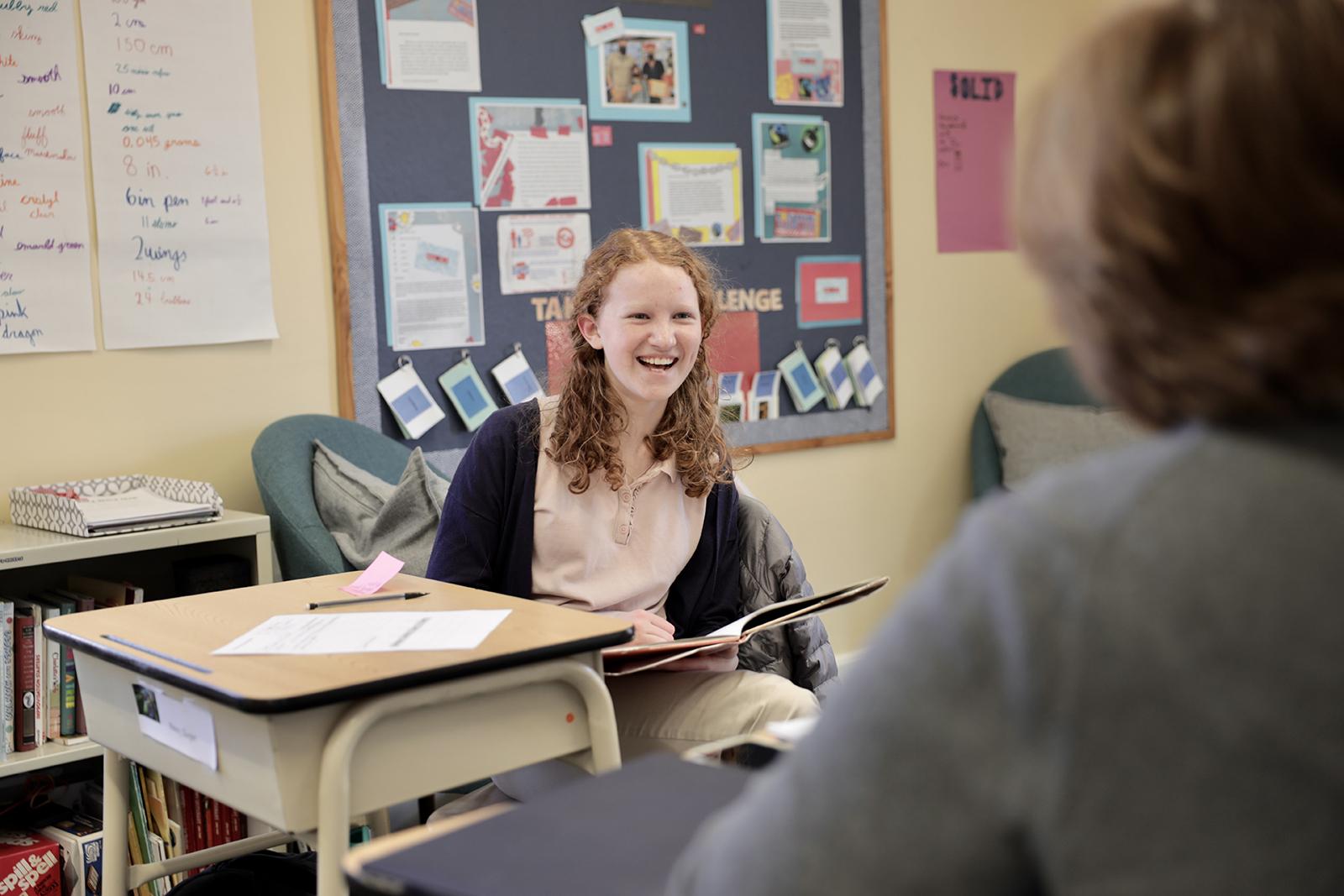
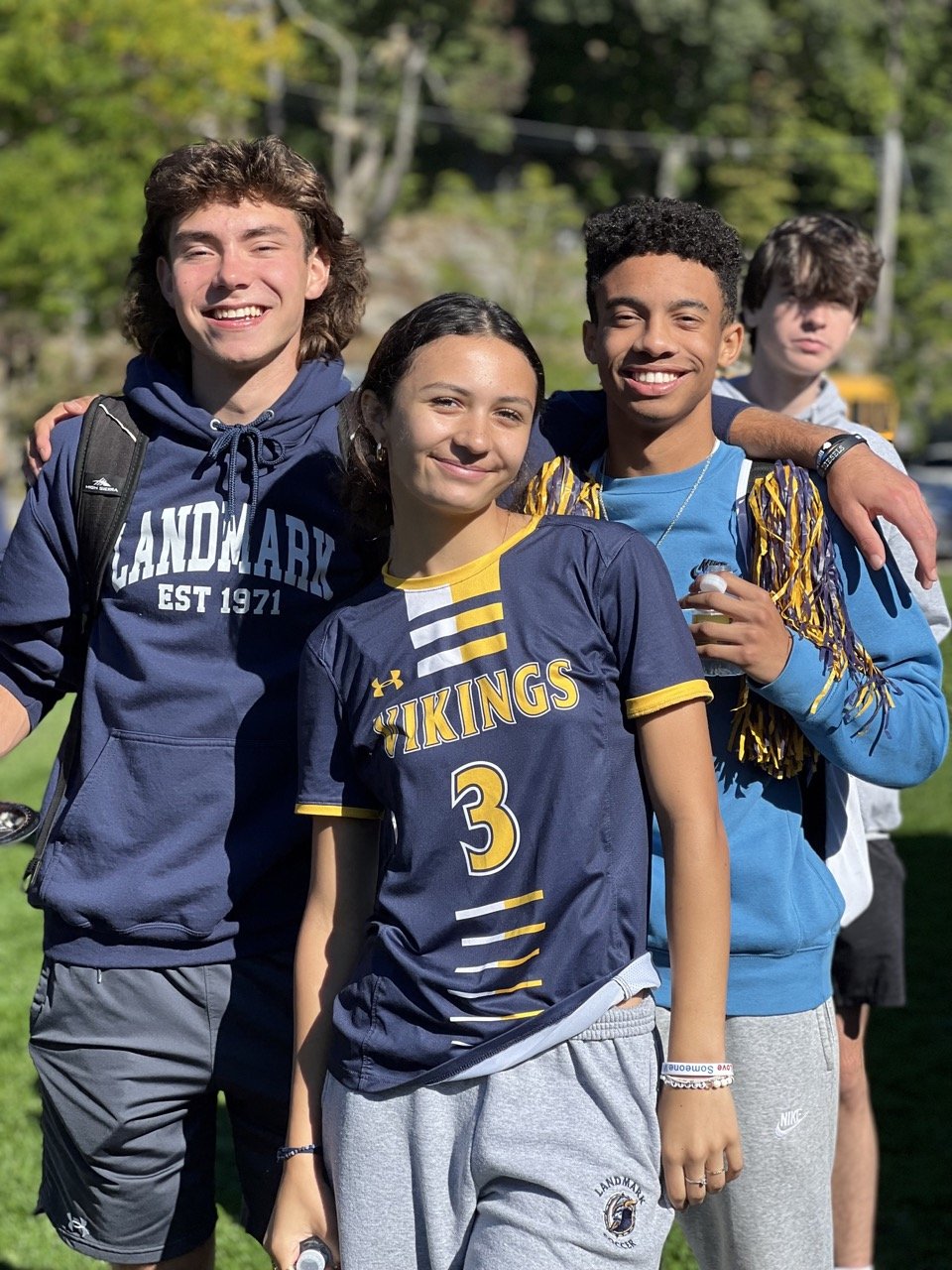
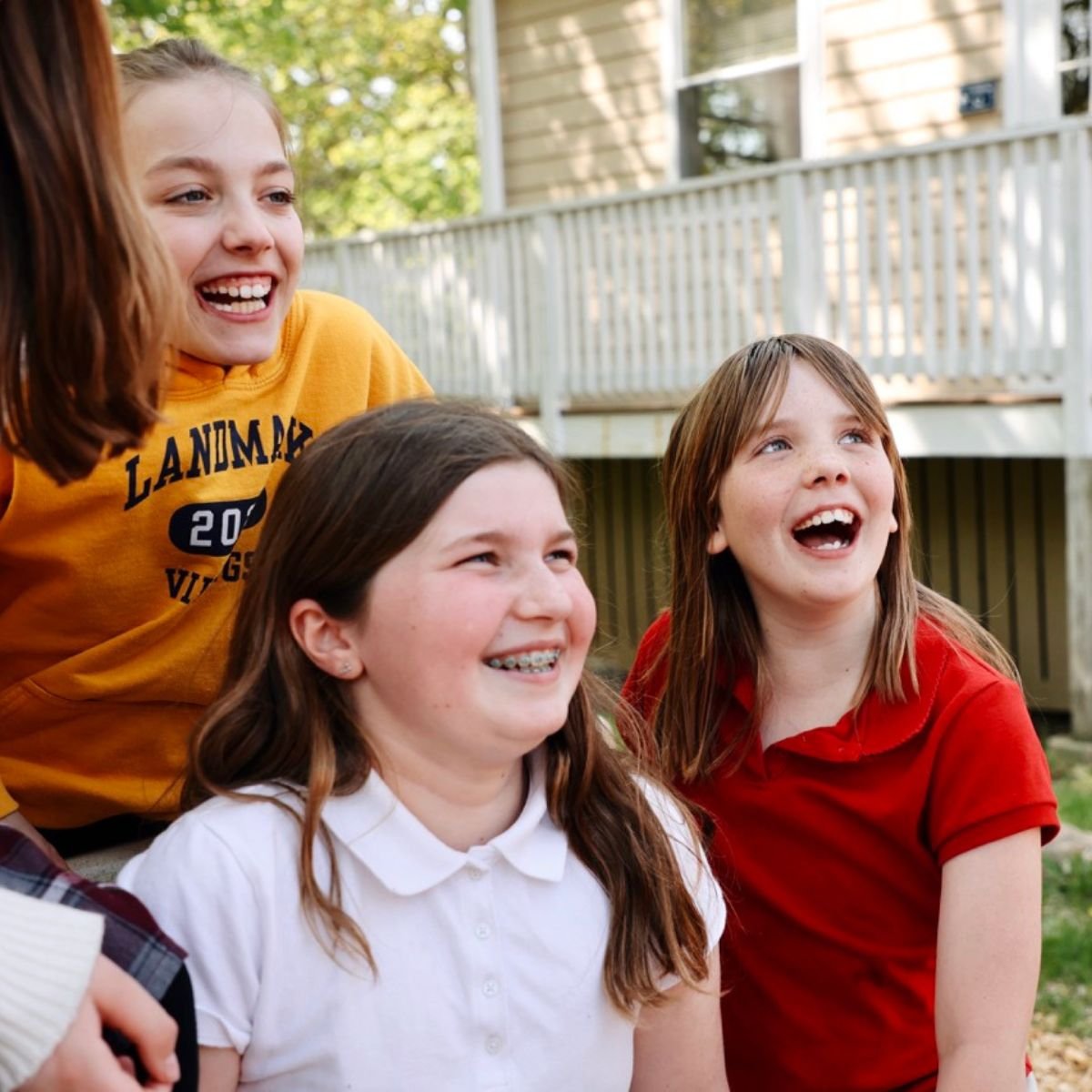
.jpg?v=1652115432307)
